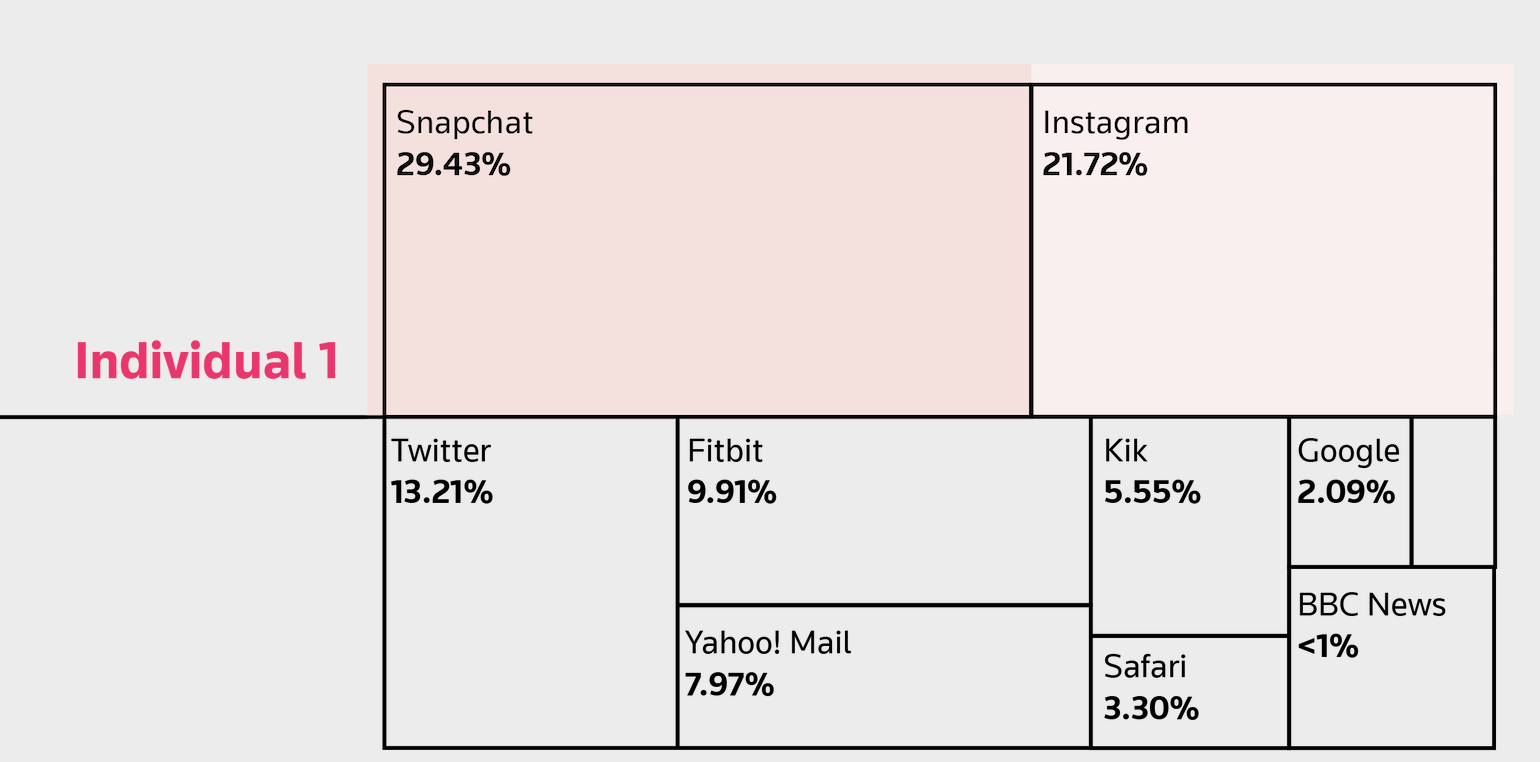Mainstream media need to make news more accessible, relevant and entertaining to attract next generation of consumers

Broadcasters and newspapers that are struggling to reach under-35s will need to think differently about content, formats and platforms if they are to engage a generation that has fundamentally different expectations. This is the key conclusion of a new report commissioned by the Reuters Institute and authored by strategic consultancy Flamingo. The report, How Young People Consume News and the Implications for Mainstream Media, is based on insights from digital tracking of the news consumption of young consumers in the United States and United Kingdom along with detailed diaries and interviews. The findings are underpinned by quantitative data from the Reuters Institute Digital News Report 2019, which shows that under 35s are less loyal to traditional news brands and mostly prefer social media and news aggregators to traditional broadcast or print media.
Young people have different habits and attitudes
The latest study shows that young people are primarily driven by goals of achieving progress and enjoyment in their lives, and this translates into what they look for in news. They still need and want news to connect their world to the world - and fulfil an array of different social and personal needs - but they don’t necessarily see the traditional media as the best or only way to do this.
What’s more, news media is now competing for attention with myriad other distractions, and there is a high level of ‘background’ or ‘indirect’ exposure to news - through social media, other online conversations, bloggers, podcasts, documentaries and TV shows. Young people don’t need to seek out the news, as they feel that enough information comes to them.
Traditional media is seen as generally reliable but often too downbeat, predictable and driven by biases:
- The traditional news agenda was often perceived as negative and depressing, with headlines feeling narrow and repetitive. Many participants actively looked for more entertaining or uplifting news in social media or aggregators instead
- Young people tend to have a global outlook and often find that international stories are reported with an overly nationalistic style. Young people also have a strong appetite for broader coverage of topics in general, such as arts & culture, activism, the environment and LGBTQ+
- Reading news can often feel like a ‘bit of a chore’ to younger groups. This helps explain the popularity of new visual storytelling like Instagram stories and short form videos, as well as longer but convenient formats podcasts
The report finds some differences in attitudes between Gen Z’ (aged between 18-24), the first generation of true ‘digital natives’, and young Millennials (25-34) who can remember a time before the internet. Gen Z seem to have even higher expectations of a flawless, seamless, personalised online experience than Millennials. Convenience and instant gratification is a norm, as well as control and curation of their online environment. Reuters Institute Senior Research Associate Nic Newman says the report suggests there is a growing disconnect between what traditional news brands offer and what young consumers are looking for:
“Traditional news brands feel their job is to tell people what they should know. Young people want that to an extent but they also want what is useful to know, what is interesting to know and what is fun to know.”
Young people say that although so-called ‘fake news’ has made them more wary of the news they find on social media and more reliant on traditional news brands, this does not translate into spending more time with traditional brands. Digital tracking of mobile phone activity amongst the study participants showed that most time was spent using social apps like Instagram, WhatsApp, Snapchat, YouTube, Facebook and Twitter. News apps mostly accounted for less than 1% of mobile time spent.

The study showed that in the light of attention around well-being and privacy, young people are reflecting on their use of social media and the role different platforms play:
- Facebook has fallen out of favour and has become more of an organisational tool
- Instagram has replaced it, to an extent, but is not always a natural place for news
- Twitter and Reddit have assumed the role of aggregators and personal curators for heavier news users
Building habit with young people
The study also shows that under-35s tend to access news throughout the day, often via social media, but also pick up some habitual and direct usage patterns (especially in the mornings). Despite concerns about fragmented attention, a number of interviewees also described reading longer news items at the weekends or listening to in-depth podcasts in the evenings.
Four key news moments are described in the report (dedicated, updated, time-filler, and intercepted), as are four types of news consumer (Heritage News Consumers, Dedicated News Devotees, Passive News Absorbers, and Proactive News Lovers). The impact of the various media is also investigated in the report, revealing key roles, usage, pros and cons of platforms including Instagram, Facebook, Twitter, Reddit and podcasts.
The report suggests that understanding the expectations of different audiences and the ‘moments’ they are in will be critical for engagement with particular platforms.
Recommendations for media companies
The report offers a number of suggestions for how to produce content and formats that might engage younger audiences. It arrives at three core conclusions:
- News media need to make websites and apps easier to use for younger groups – as simple and intuitive as Facebook or Netflix. This means making the news more enjoyable to consume. This could mean using clearer language, more interactive storytelling and better recommendations that surface interesting content for younger groups.
- News brands need to tell stories in ways that better fit the moments when young people are open to news. This means creating more formats that are native to mobile and social platforms, as well as incorporating these ideas in their own websites and apps – but without losing the trusted authority of a traditional news brand.
- The way the news media covers stories may need to change, addressing issues such as negativity, stereotypes, and diversity. Young people don’t want the media to shy away from serious or difficult stories, but they would also like to see stories that can inspire them about the possibility of change and provide a path to positive action. Younger audiences will respond to news that has personal utility or helps with their development. They are also hungry for stories with a ‘point of view’ but they need to be informed by facts rather than prejudice or agenda.
Report lead for Flamingo, Matthew Taylor comments:
“Overall, young people would like traditional media to be more accessible, more varied and more entertaining but they are clear that they don’t want news to be dumbed down or sensationalised; traditional brands have an authority grounded in heritage and should remain true to that. This will be a difficult balance to strike but there are a number of emerging examples – from brands like the Guardian and Vox – of podcasts or interactive explainers that are moving in this direction.”



